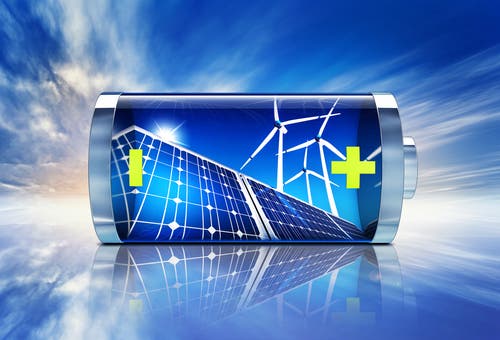A GreenTechMedia analysis forecasts that energy storage systems, like large density batteries, will become a lot cheaper in the coming years. According to the report, the cost of installing an energy storage system will drop by some 41% by 2020. Energy storage is tightly linked with renewable energy generation, driving a lower cost overall for clean energy.
To be more precise, the balance-of-system cost (hardware, labor and customer acquisition, etc.) suggests installing energy storage will drop to $400 a kilowatt by 2020, down from the current average of $670. According to Luis Ortiz writing for GreenTechMedia, storage systems have experienced diminishing costs because they’ve “piggybacked on solar’s progress.”
The biggest price cut will be seen in inverters — the most complicated piece of machinery in the storage system, besides the battery. A solar inverter, or PV inverter, or Solar converter, converts the variable direct current (DC) output of a photovoltaic (PV) solar panel into a utility frequency alternating current (AC) that can be fed into a commercial electrical grid or used by a local, off-grid electrical network.
Market research firm IHS also estimates that grid-connected PV energy storage paired with energy storage will reach 775MW of global installations during 2015.
“Newer technologies are just getting traction and finding their sweet spot. Some will leap forward we’ll see the most dramatic decreases in cost as they gain economies of scale,” said Trojan Battery senior sales director Dean Middleton.



